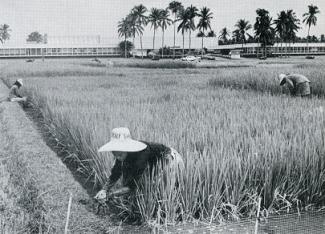The United States and the Philippines share a longstanding relationship underpinned by our shared history, democratic values, and strong people-to-people ties. Over the past six decades, U.S. development assistance has encompassed nearly every sector, from agriculture and infrastructure to good governance and economic reforms. Together as partners, the United States and the Philippines have reduced poverty, improved public health and education, helped develop the country’s infrastructure, promoted sustainable environmental management, strengthened democratic governance, and supported sustainable and inclusive economic growth.
USAID was founded in 1961 by President John F. Kennedy, and the Philippines was one of USAID’s very first partner countries. Now, USAID works in more than 100 countries worldwide, and the Philippines remains a key partner in promoting sustainable and inclusive development in the region. Through the years, USAID has worked closely with its Philippine partners - from grassroots communities, civil society, academia, business, local governments, and national-level agencies - to help the country achieve its development objectives.
In its first two decades in the Philippines, USAID supported infrastructure development, agricultural and medical research, and rural electrification. In the 1980s and 1990s, USAID supported the development of civil society organizations (CSOs) and citizen engagement in policy making, and assisted the Philippine government CSOs in rolling out the Local Government Code and decentralization. USAID also supported the health and education sectors, helped build local capacity, and continued to invest in infrastructure.
Today, USAID invests more than Php 7.2 billion (approximately $125.5 million) annually to promote inclusive, market-driven growth; foster strong democratic systems and economic governance; promote responsible natural resource management; enhance community resilience; and improve access to and quality of education and health services.

USAID
